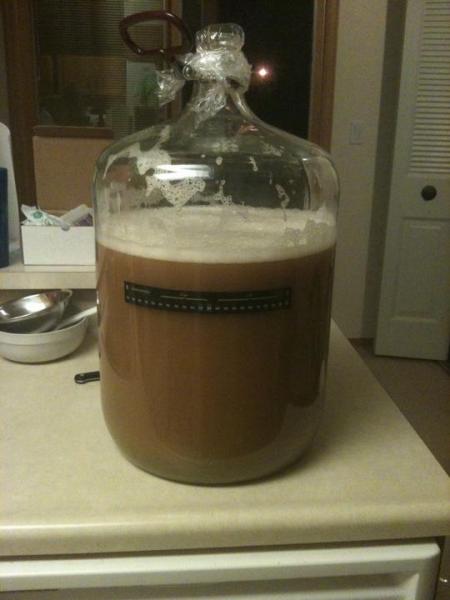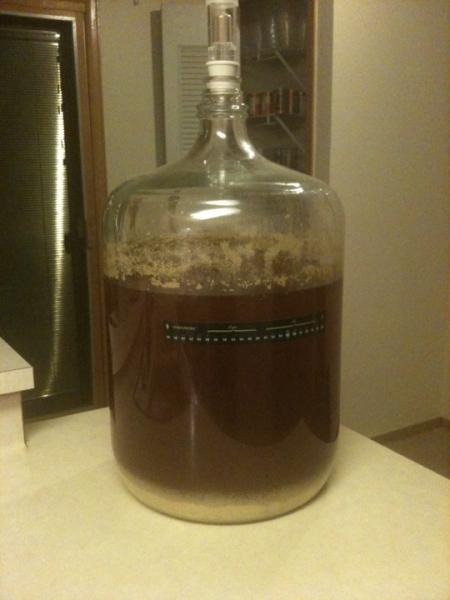Hi everyone. I'm starting my first batch of ale tomorrow afternoon and I'm pretty sure that I have all the steps planned out, but I have a couple of questions that I wanted to get a sanity check and make sure I wasn't doing anything crazy.
I have a 6.5 gallon primary that I'm going to use for my primary fermenter and I'm using a 5 gallon extract recipe from my local homebrewing supplier. I'm going to boil my wort using 2.5 gallons, which I figure will probably reduce down to 2 gallons. Here are my questions:
1. Since the recipe calls for 5 gallons, should I add 2.5 gallons or 3 gallons after chilling the wort?
2. I want to make sure and sanitize the water I add to the wort after chilling. My plan was to sanitize my fermenter, boil the additional water, and then add it to my fermenter, prior to boiling the wort, and cover it with Saran wrap while I boil the wort. Once I've chilled the wort, I was planning to pour it into the primary fermenter. Am I going to crack my carboy in the process? Can I pour boiling water (not the wort) into a glass carboy?
3. My instructions for transferring the wort to the primary fermenter after say to pour it in through a funnel. Is there a specific reason why I should do that? Wouldn't siphoning the wort off the trub be preferable to pouring it through a funnel?
Sorry for all the paranoia - but I'm afraid of cracking my carboy or ruining my first batch. Thanks for the help guys.
I have a 6.5 gallon primary that I'm going to use for my primary fermenter and I'm using a 5 gallon extract recipe from my local homebrewing supplier. I'm going to boil my wort using 2.5 gallons, which I figure will probably reduce down to 2 gallons. Here are my questions:
1. Since the recipe calls for 5 gallons, should I add 2.5 gallons or 3 gallons after chilling the wort?
2. I want to make sure and sanitize the water I add to the wort after chilling. My plan was to sanitize my fermenter, boil the additional water, and then add it to my fermenter, prior to boiling the wort, and cover it with Saran wrap while I boil the wort. Once I've chilled the wort, I was planning to pour it into the primary fermenter. Am I going to crack my carboy in the process? Can I pour boiling water (not the wort) into a glass carboy?
3. My instructions for transferring the wort to the primary fermenter after say to pour it in through a funnel. Is there a specific reason why I should do that? Wouldn't siphoning the wort off the trub be preferable to pouring it through a funnel?
Sorry for all the paranoia - but I'm afraid of cracking my carboy or ruining my first batch. Thanks for the help guys.























![Craft A Brew - Safale BE-256 Yeast - Fermentis - Belgian Ale Dry Yeast - For Belgian & Strong Ales - Ingredients for Home Brewing - Beer Making Supplies - [3 Pack]](https://m.media-amazon.com/images/I/51bcKEwQmWL._SL500_.jpg)




































